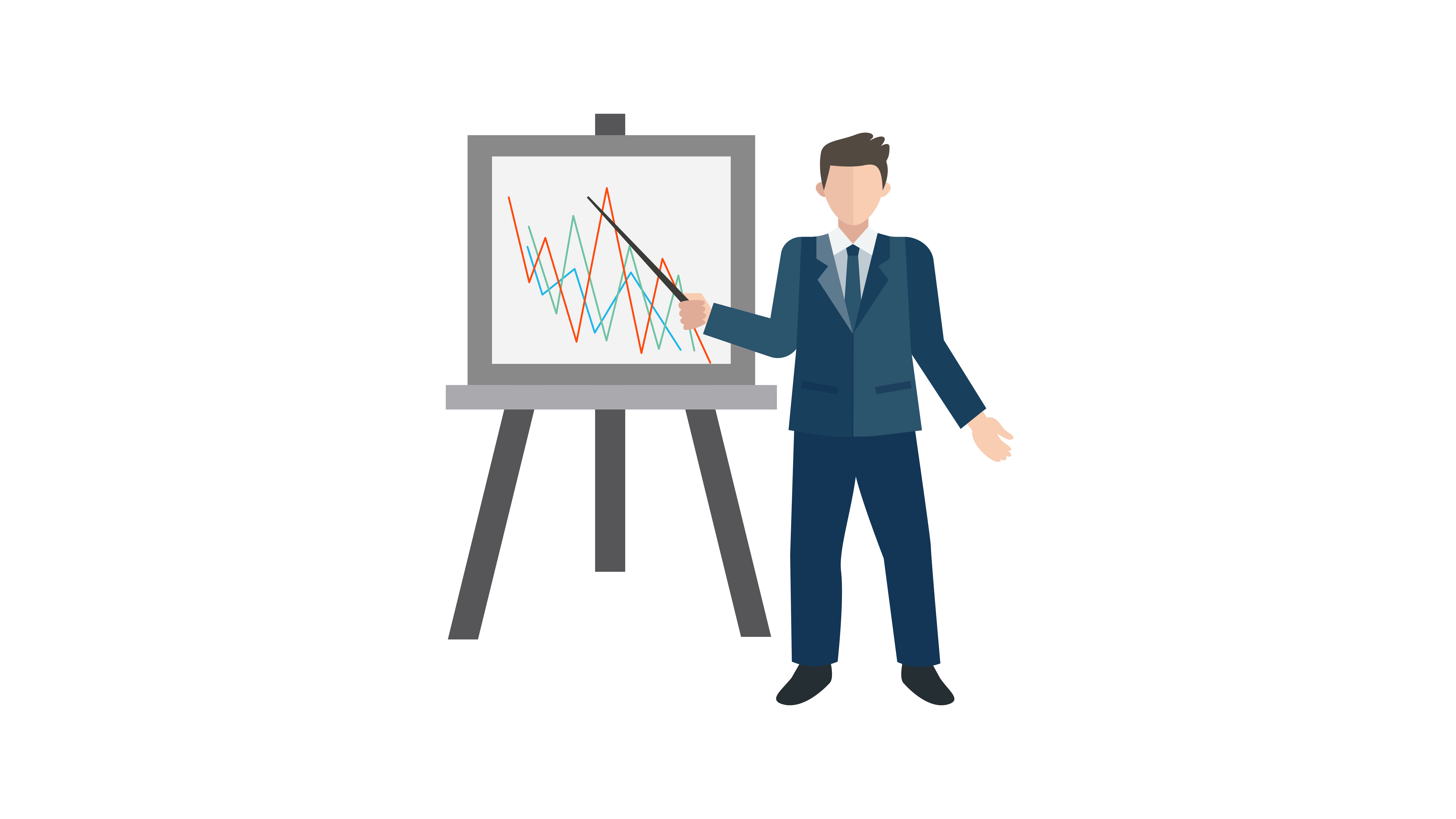Featured
Modern companies require central locations to store customer data platforms (CDPs). This is a vital tool. They provide an improved and complete understanding of the customer and can be used to target marketing and personalize customer experiences. CDPs offer many features that can be used to improve data governance, data quality and formatting data. This allows customers to be compliant with regards to how data is stored, used and used. A CDP can help companies connect with their customers and put it at the core of their marketing campaigns. It also makes it possible to access data from other APIs. This article will discuss the benefits of CDPs in organizations.
cdp data platform
Understanding the concept of CDPs. A Customer data platform (CDP), is software that allows businesses to collect, store and manage customer data from a central area. This gives you a better and more complete picture of your customer and lets you target marketing and personalize customer experiences.
-
Data Governance: A CDP's ability to secure and control the information being incorporated is among its primary characteristics. This involves profiling, division and cleansing of incoming data. This helps ensure compliance with data guidelines and policies.
-
Data Quality: A crucial element of CDPs is ensuring that the information obtained is of the highest quality. This involves ensuring that the data has been properly input and has the required specifications for quality. This helps to minimize additional costs associated with cleaning, transforming and storage.
-
Data Formatting The use of a CDP is also utilized to ensure that data adheres to a predefined format. This will ensure that the different types of data like dates are consistent across the collected customer data and that the data is entered in a logical and consistent way. customer data support platform
-
Data Segmentation The CDP lets you segment customer data in order better understand your customers. This lets you test different groups against one another , and to get the most appropriate sample distribution.
-
Compliance The CDP allows organizations manage customer information in accordance with the law. It allows you to specify safe policies and classify information according to these policies. It can also help you identify compliance violations while making decisions about marketing.
-
Platform Selection: There's many CDPs and it's essential to understand your requirements prior to selecting the most suitable one. Think about features such as data privacy and the ability to pull data from other APIs. what is customer data platform
-
The Customer at the center Making the Customer the Center CDP permits the integration of real-time customer data. This gives you the instant accuracy as well as the precision and consistency which every department in marketing needs to enhance operations and connect with customers.
-
Chat Billing, Chat, and More When you use a CDP it's easy to gather the information you need for a great discussion, whether it's previous chats, billing, or more.
-
CMOs and Big Data CMOs and Big Data CMO Council 61 percent of CMOs believe that they are under-leveraging big data. The 360-degree perspective of the customer offered by CDP CDP is a fantastic way to overcome this problem and help improve marketing and customer interaction.
With many various kinds of marketing innovation out there every one typically with its own three-letter acronym you may wonder where CDPs originate from. Even though CDPs are among today's most popular marketing tools, they're not an entirely originality. Rather, they're the newest action in the development of how marketers manage consumer data and client relationships (Cdp's).

For most online marketers, the single most significant value of a CDP is its capability to sector audiences. With the capabilities of a CDP, marketers can see how a single customer interacts with their company's different brands, and recognize chances for increased customization and cross-selling. Obviously, there's much more to a CDP than segmentation.
Beyond audience division, there are three big reasons why your business might want a CDP: suppression, personalization, and insights. Among the most interesting things marketers can do with data is identify consumers to not target. This is called suppression, and it becomes part of delivering genuinely individualized client journeys (What Are Cdps). When a customer's unified profile in your CDP includes their marketing and purchase information, you can reduce advertisements to clients who have actually already bought.

With a view of every customer's marketing interactions linked to ecommerce data, website sees, and more, everybody across marketing, sales, service, and all your other groups has the opportunity to understand more about each customer and deliver more individualized, pertinent engagement. CDPs can assist marketers address the root causes of many of their most significant everyday marketing issues (Cdp Meaning).
When your information is detached, it's harder to understand your customers and create meaningful connections with them. As the number of data sources utilized by online marketers continues to increase, it's more crucial than ever to have a CDP as a single source of fact to bring everything together.
An engagement CDP uses customer data to power real-time personalization and engagement for customers on digital platforms, such as sites and mobile apps. Insights CDPs and engagement CDPs make up most of the CDP market today. Extremely few CDPs include both of these functions similarly. To select a CDP, your company's stakeholders need to consider whether an insights CDP or an engagement CDP would be best for your needs, and research the couple of CDP options that include both. What is Cdp in Marketing.
Redpoint GlobalLatest Posts
Understanding the Different Types of CDPs Available
The Advantages of Segmenting Customer Data with a CDP
The Importance of Data Governance in a CDP